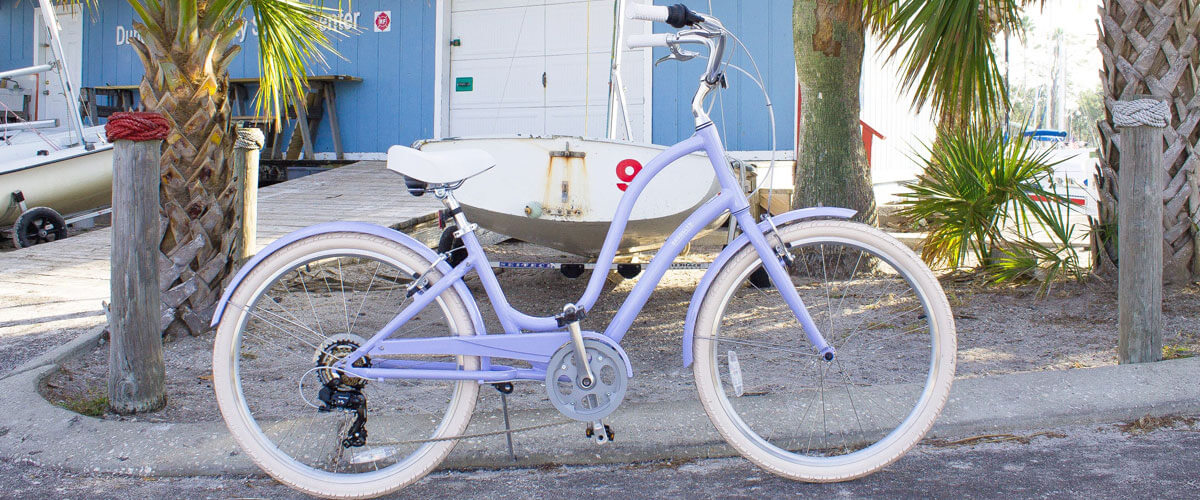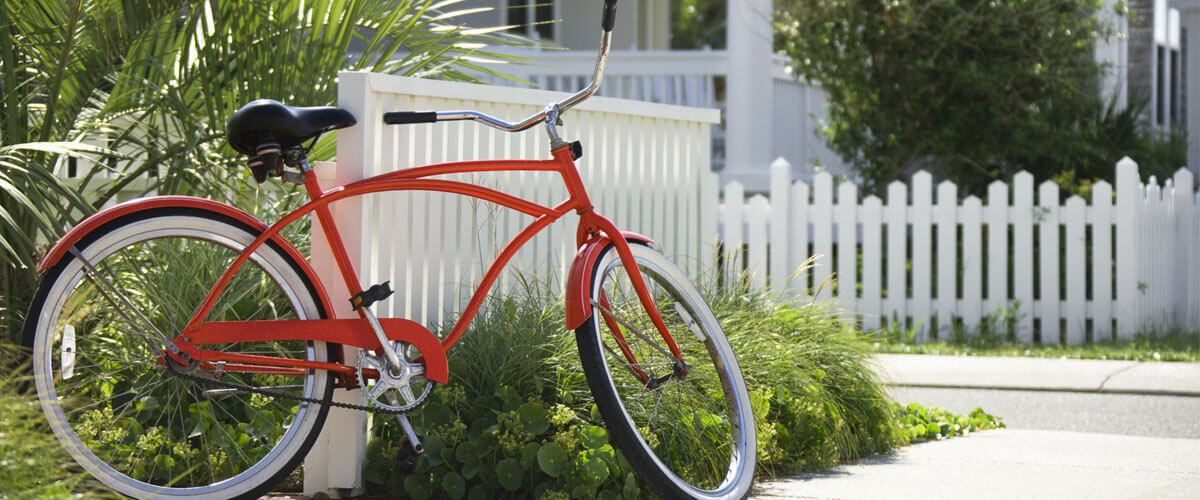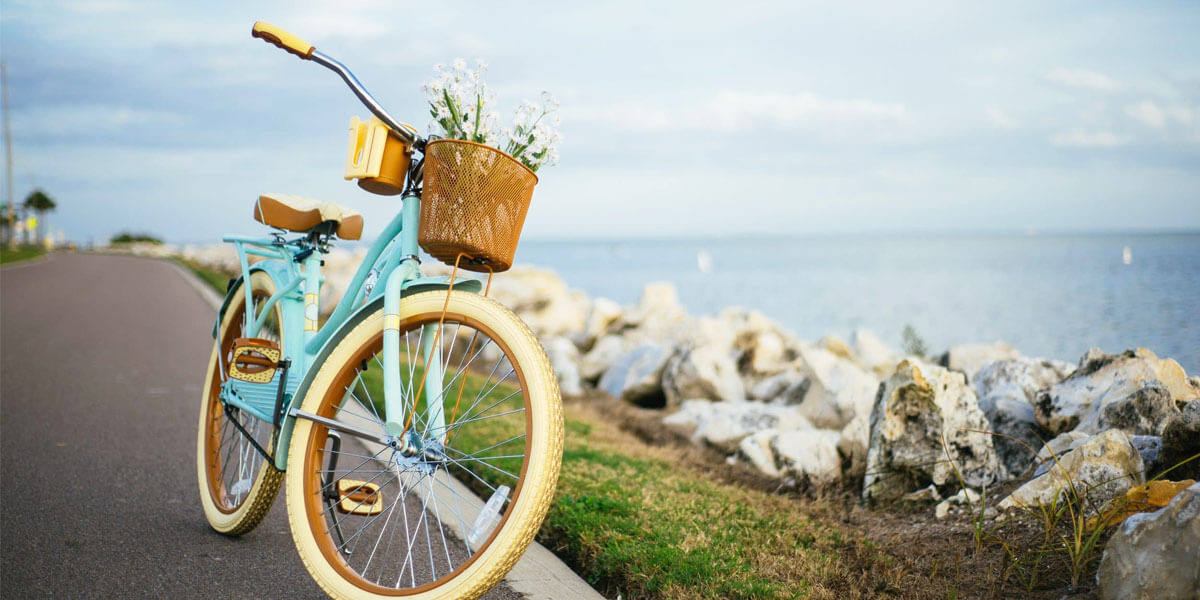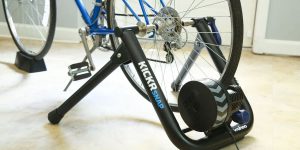What is a cruiser bike? If you are here, then you are definitely interested in this question. Whether you’re a casual rider looking for a comfortable and stylish means of transportation or someone seeking a bike for leisurely rides along the beach, understanding the usage of cruiser bikes will help you enhance your cycling experience.
In this article, I aim to introduce you to the concept of cruiser bikes, explore their unique features and benefits, and provide insights on how to choose the perfect bicycle that suits your needs.
The essence of cruiser bikes
Definition of cruiser bikes
So, if you have ever wondered what are cruiser bikes, I will share with you my definition of it. For me, these models are bikes that embody the essence of relaxation and style. Cruiser bikes are good for a comfortable and leisurely riding experience. Such models typically feature a heavy frame, wide tires for smooth movement on both sand and pavement, and a relaxed seating position.
Summing up, I will say that the meaning of a cruiser bike is rooted in its ability to transport riders to a state of tranquility and leisure, allowing them to unwind and enjoy their surroundings at a leisurely pace.
Historical context
To understand the essence of a cruiser bicycle, let’s explore a brief history of its origins, tracing back to the early 20th century and its popularity among beach enthusiasts and casual cyclists.
Cruiser bicycles have a rich history that dates back to the early 1930s. They were initially introduced as a practical mode of transportation for beachgoers along the coasts of California.
During the mid-20th century, cruiser bikes gained significant popularity among casual riders because they are good for a comfortable seating position and relaxed riding style. Their association with beach culture and the laid-back attitude of coastal communities further contributed to their allure.
I can assure you that today, cruiser bicycles continue to be cherished by riders of all ages who seek a stress-free and comfortable cycling experience.
Key characteristics

Frame construction
- Materials:
- Steel: Steel frames are commonly found in cruiser bikes due to their durability and classic look.
- Aluminum: Some models utilize aluminum frames, which are lightweight and offer excellent corrosion resistance.
- Other materials: While steel and aluminum are the most common materials, other options are also available, such as carbon fiber or titanium frames.
- Frame design:
- Laid-back geometry: Cruiser bicycles typically feature a relaxed riding position with a slightly reclined seat tube angle. This design allows riders to sit back comfortably, placing less strain on the back and shoulders.
- Step-through frames: Many cruiser bikes offer step-through frames, also known as low-step or open frames. These frames have a lowered top tube or no top tube at all, allowing riders to easily mount and dismount the bicycle without having to swing their leg over the frame.
- Frame features:
- Fenders: They are commonly found on cruiser bicycles, especially those designed for beach or city riding.
- Rack mounts: Many cruiser bike frames are equipped with rack mounts, allowing riders to attach rear racks for carrying bags, baskets, or other cargo.
- Other accessories: Depending on the specific model and brand, such bikes can come with additional accessories such as lights, bells, baskets, or cup holders.
Saddle
- Construction materials:
- Foam padding: This material provides a comfortable and plush seating experience, reducing pressure on sensitive areas.
- Gel padding: It molds to the rider’s body, providing a supportive and pressure-relieving surface.
- Leather or synthetic cover: They often have a classic and vintage appearance, while synthetic covers offer durability and weather resistance.
- Shape and design:
- Wide and contoured: The contoured shape helps to accommodate the rider’s sit bones and reduces pressure points.
- Noseless or shortened nose: This design is particularly beneficial for riders who prefer a more upright riding position.
- Suspension and shock absorption:
- Springs: Some saddles have springs integrated into the base or under the seat to provide suspension and dampen vibrations, ensuring a smoother ride.
- Dual-density or multi-layer construction: This design promotes optimal support and comfort, reducing the risk of soreness or fatigue.
- Cutouts and ventilation:
- Cruiser bicycle saddles often feature cutouts or ventilation channels to improve airflow and reduce heat and moisture build-up, enhancing rider comfort.
- Adjustability:
- Saddle angle adjustment: Some saddles allow the rider to adjust the angle to find the most comfortable position.
- Seatpost compatibility: Cruiser bicycle saddles should be compatible with the seatpost on your bike to ensure proper installation and alignment.
Handlebars
- Shape and design:
- Upright handlebars: This promotes a relaxed and leisurely riding experience, reducing strain on the back and shoulders.
- Wide and curved: The width and curve of the handlebars contribute to the cruiser bike’s classic and distinctive aesthetic.
- Rise and height:
Types of cruiser bike handlebars: Cruiser bicycles may feature different types of handlebars, each with its own design and benefits.- Cruiser handlebars (beach cruiser bike): Such types of handlebars are commonly found on classic cruiser bikes and provide a relaxed and comfortable grip.
- Swept-back handlebars: They are popular for their ergonomic design and enhanced control.
- Cruiser bars with integrated stems: These handlebars offer stability and control while adding to the bike’s overall aesthetic.
- Comfort and control:
- Grips: Cruiser bike handlebars are typically equipped with comfortable grips that offer cushioning and a non-slip surface.
- Hand placement options: Cruiser bicycle handlebars often provide multiple hand placement options, allowing riders to shift hand positions and reduce fatigue during long rides.
- Stability:
Stability: Cruiser bike handlebars offer various customization options, allowing riders to personalize their bicycle to suit their preferences.- Handlebar accessories: Riders can customize their handlebars with accessories such as bar-end extensions or add-ons for attaching bells, lights, or phone holders.
Brakes
Brake types:
- Coaster brakes (back-pedal brakes): This brake type is simple, low-maintenance, and allows for intuitive braking without the need for hand levers.
- Rim brakes: Rim brakes, such as caliper brakes or V-brakes, use friction pads to press against the sides of the wheel rims. They are lightweight, cost-effective, and offer reliable stopping power.
- Disc brakes: Disc brakes are gaining popularity on cruiser bikes. They utilize a rotor attached to the wheel hub and calipers that squeeze brake pads against the rotor.
Drawing upon my expertise in bike mechanics and design, I ask you to consider the following factors when selecting brakes:
- Performance and stopping power: Different brake types vary in terms of stopping power. Disc brakes generally provide the highest level of stopping power, followed by rim brakes and coaster brakes.
- Maintenance and adjustability: Brake maintenance and adjustability can vary between brake types. Coaster brakes are generally low-maintenance, while rim and disc brakes may require periodic adjustments and pad replacements.
- Personal preference: Your personal preferences and riding style should also influence your brake choice. Some riders prefer the simplicity and familiarity of coaster brakes, while others appreciate the precise control and modulation of rim or disc brakes.
- Braking power: The braking power needed depends on your riding style, terrain, and overall preferences. Ensure that the selected brakes offer sufficient stopping power for your intended usage.
Gears
- Single-speed vs. multi-speed: Single-speed bikes are low-maintenance and ideal for flat terrains, while multi-speed bikes provide versatility for tackling various landscapes.
- Gear shifting mechanisms: Multi-speed cruiser bicycles utilize different gear shifting mechanisms, such as grip shifters, trigger shifters, or thumb shifters, allowing riders to change gears easily and quickly.
- Gear range: This parameter represents the span of available gears, from easy (low gear) to hard (high gear). A wider gear range offers more flexibility for adjusting pedaling effort according to the terrain.
- Choosing the right gears: Hilly terrains may require multiple gears, while flat areas may be suitable for single-speed bicycles.
Cruiser bike types

Classic cruiser
The classic cruiser is a timeless design with its signature curved frame and relaxed geometry. It is characterized by a wide and comfortable saddle that promotes a laid-back riding position, allowing riders to enjoy a leisurely and comfortable experience.
Stretch cruiser
The stretch cruiser is characterized by its elongated frame and extended wheelbase. It allows for a more relaxed seating position with feet forward. Stretch cruisers are often equipped with accessories such as rear racks, baskets, and sometimes even passenger seats.
Chopper cruiser
The chopper cruiser draws inspiration from motorcycle choppers with an extended front end, elongated fork, and relaxed seating position. It is often equipped with high-rise handlebars and a unique frame design. This style creates a stylish and distinctive cruiser that appeals to those immersed in motorcycle culture.
Fat tire cruiser
The fat tire cruiser is known for its wide and voluminous tires, typically measuring 3.5 inches or wider. It provides increased stability, grip, and smoothness on various terrains, including sand, snow, and uneven surfaces.
FAQ
Are cruiser bikes suitable for riders of all ages and fitness levels?
Yes, cruiser bicycles are suitable for riders of all ages and fitness levels due to their comfortable riding position and stable design.
Are cruiser bikes suitable for off-road or trail riding?
Cruiser bikes are primarily designed for paved surfaces and are not specifically built for off-road or trail riding. Cruiser bikes are designed for comfort and leisurely rides, while road bikes are built for speed and efficiency. The key differences between cruiser vs. road bikes lie in their frame design, tire width, riding position, and gear options.
Can I add gears to a single-speed cruiser bike?
Adding gears to a single-speed cruiser bicycle is possible but may require significant modifications.
Are cruiser bikes suitable for riding with children or pets?
Cruiser bicycles can be suitable for riding with children or pets using appropriate accessories such as child seats or pet carriers, ensuring stability and safety.




